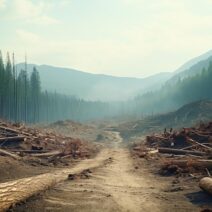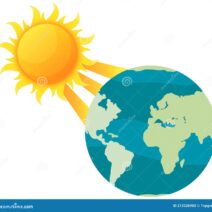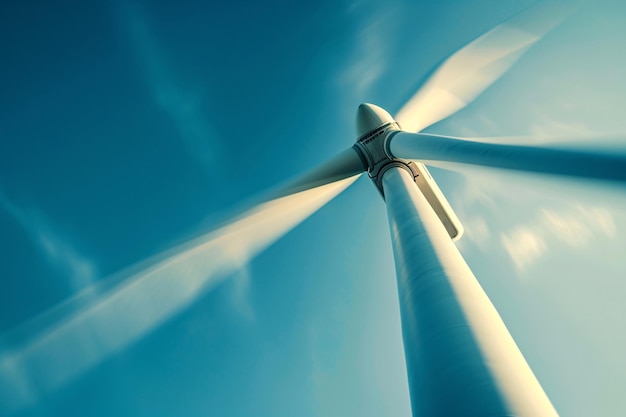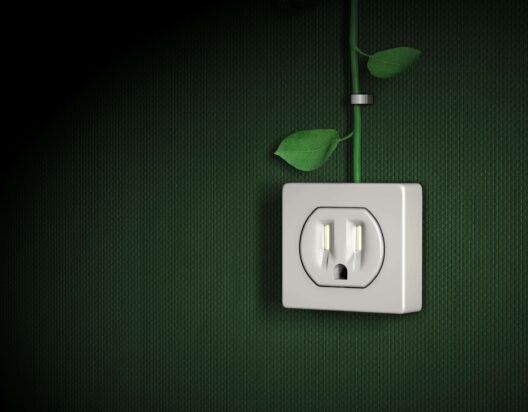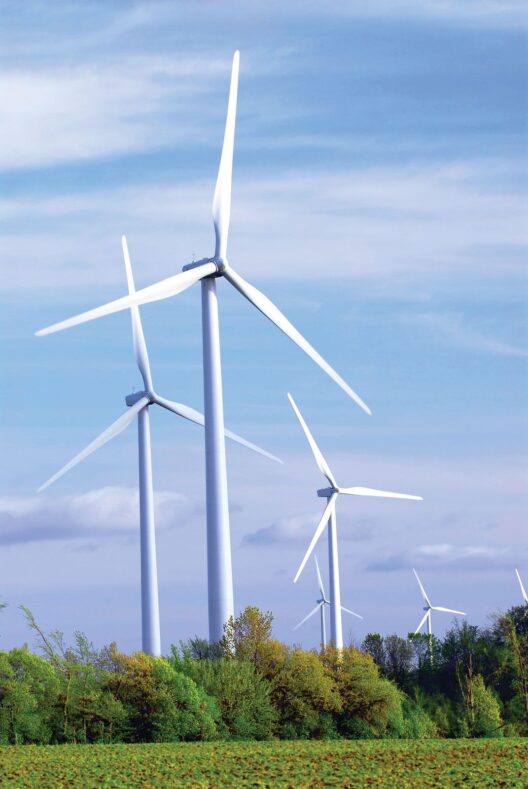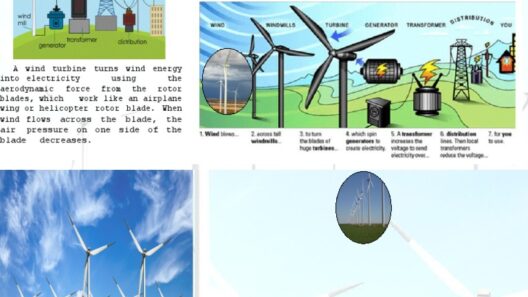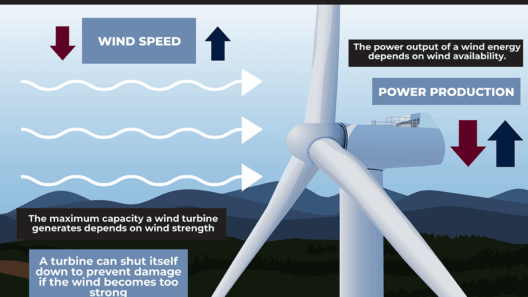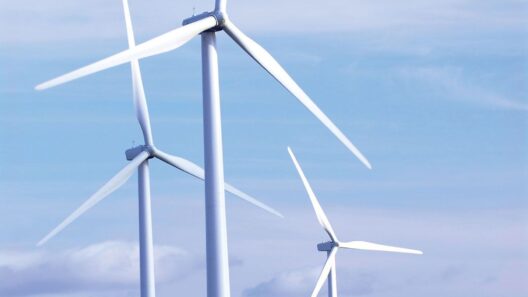Wind energy is often likened to an invisible river flowing across the landscape, a potent yet untamed force that harnesses natural elements to fuel our homes and industries. As we delve deeper into the intricacies of wind power, it becomes paramount to understand why this energy source is heralded as renewable and sustainable, breathing life into the battle against climate change.
Unlike finite resources, such as fossil fuels, wind energy is derived from the natural movement of air across the Earth’s surface, an inexhaustible phenomenon that exists thanks to the dynamic interplay between the sun, land, and atmospheric conditions. By capturing this kinetic energy, we transform it into electricity—an elegant dance between nature and technology that embodies the essence of sustainability.
The appeal of wind energy lies in its consistent renewability. Just as the tide rises and falls, the winds presumptively swirl and gust, providing a reliable resource that communities can depend upon. This natural rhythm means that wind energy can be generated day and night, year after year, indefinitely. The very act of harnessing wind does not deplete it; rather, it respects the ebbs and flows of nature, striking a harmonious balance between human consumption and environmental stewardship.
In understanding wind energy, we must consider the metaphors that encapsulate its significance. Think of wind as a benevolent gift from the Earth, a nurturing mother that provides for her children without demanding anything in return. Unlike fossil fuels, which plunder the planet’s reserves and emit harmful greenhouse gases, wind energy offers a clean and everlasting alternative. This bounty of the atmosphere protects ecosystems, conserves water resources, and safeguards public health.
Yet, while advocating for wind energy, it is essential to critically engage with its limitations and challenges. The production and installation of wind turbines, while contributing to sustainable energy, come with resource inputs and ecological footprints that require careful consideration. Progress in technology and engineering has led to more efficient designs, but as with any energy source, there is always an element of trade-off. Responsible planning and environmental assessments are crucial to ensure that the net benefits of wind energy far outweigh potential drawbacks.
The mechanics of wind turbines play a vital role in unraveling the complexities of this form of energy. Each turbine functions like a modern-day windmill, transforming the ephemeral gusts into tangible power. As wind flows over the blades, a conversion process takes place. The spinning motion of the blades drives a generator, which subsequently produces electricity. This technological ingenuity enables us to convert a fleeting natural resource into a dependable power source.
In the broader context of energy production, wind energy stands as a beacon of hope in a world grappling with the pitfalls of climate change. The inexorable rise in global temperatures underscores the urgency of transitioning to cleaner energy sources. With a staggering reduction in carbon emissions and a minimal environmental impact compared to fossil fuels, wind energy emerges as a viable solution with the potential to reshape our future.
Furthermore, the local economic benefits of wind farms cannot be overstated. By investing in wind energy, communities can stimulate job growth in manufacturing, installation, and maintenance sectors, chartering a sustainable path that promotes economic resilience. The construction and operation of wind farms empower local economies by generating revenue streams and diversifying energy portfolios, fostering energy independence as we move toward a sustainable future.
Wind power is not just an energy source; it is a paradigm shift that emphasizes the need for conscientious stewardship of our planet. As we embrace technology that capitalizes on natural phenomena, we redefine our relationship with the environment. Each generation has the responsibility to inherit the Earth in a manner that honors its resources and values its ecosystems, and wind energy exemplifies this commitment.
In conclusion, wind energy serves as an unwavering testament to the potential for sustainable living. By embracing this resource, we harness the primordial forces of nature, crafting a narrative of hope and resilience in the face of climate uncertainty. The compelling dialogue around wind power urges us to rethink traditional paradigms of energy consumption, inviting an era where renewable resources take center stage in our quest for environmental balance.
As we look to the horizon, the swirling winds beckon us forward—inviting us to invest in a renewable future that flourishes on the principles of sustainability, innovation, and ecological soundness. Let us join the conversation and embrace the promise of wind energy, not just as a technological advancement, but as a movement toward a flourishing and harmonious coexistence with our planet.
